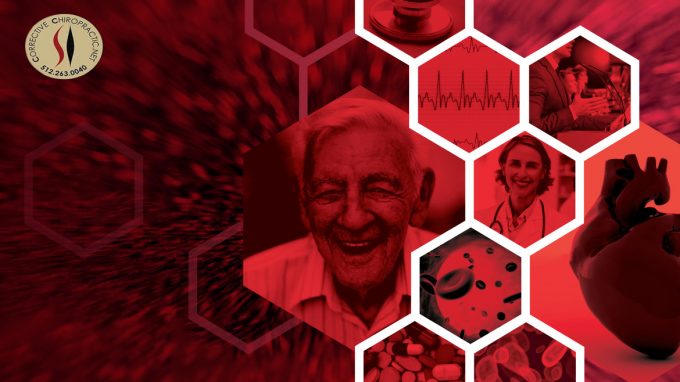
Heart disease kills more people annually than any other disease. Heart attacks make up the majority of deaths related to heart disease. A remarkable relationship develops every year between the holiday season and heart attacks for both men and women. According to a study from the Journal of Circulation, “The number of cardiac deaths is higher on December 25 than on any other day of the year, second highest on December 26, and third highest on January 1.”
Most people would label December as the most stressful month of the year. An increased risk of heart attacks stems from the added pressure that comes from financial strain, packed schedules and increased consumption of sugar, salt, and alcohol. The Journal of Circulation continues, “People tend to gain weight during the holiday season and take in more salt, putting additional stress on a weakened heart.” Holiday parties and school events contribute to limited free time and the ultimate sacrifice of exercise and proper sleep habits. All the added stress taxes the heart and cardiovascular system, increasing the risk of a heart related event.
Other interesting facts about heart attacks include:
- More heart attacks occur on Monday than any other day of the wee k. Saturday ranks second.
- Most heart attacks happen during the early morning hours between 4-10 a.m. when blood platelets are stickier and increased adrenaline released from the adrenal glands can trigger rupture of plaques in coronary arteries.
- Almost half of women who have heart attacks will die by the end of the first year following the attack.
- Many heart attack survivors experience the attack as the first sign of coronary artery disease. No pain or symptoms were present before the attack.
- Heart attacks are 27% more likely to occur around the victim’s birthday, especially in women with high blood pressure.
High blood pressure plagues the majority of heart attack sufferers. Blood pressure kept in the normal ranges reduces the risk of a heart attack or stroke.
How to Lower Your Risk
- Avoiding bad foods;
- getting adequate sleep;
- and just minutes of exercise each day
Additionally, the most important health habit associated with inclusively reducing multiple causes of heart disease comes from a Chiropractic adjustment. Proper alignment of the nervous system reduces high blood pressure and all of the associated negative risks.
How Chiropractic Care Helps
Research from 2007 showed that a Chiropractic adjustment delivered to the upper neck atlas vertebra lowered blood pressure greater than the use of two blood pressure-lowering medications given in combination. U.S. and international news stations reported on this incredible finding and subsequent implications. The most surprising aspect of the study determined that all of the benefits of an adjustment and reduction in blood pressure occur without the previous presence of neck or back pain. Corrections administered to misaligned vertebra took place in patients without adverse spinal symptoms. Numerous other studies and qualified research prove the immeasurable health benefits available through Chiropractic care for adults, children, and infants.
Neck and back pain do not need to be present for every member of the family to experience the optimal health that results from regular Chiropractic adjustments. Every Chiropractic adjustment removes stress from the nervous system and allows the heart, immune system, digestion, and every other system to function more efficiently.
Studies on heart disease determine that the holiday season becomes the most important time of year to begin scheduling Chiropractic appointments and nervous system check-ups. December brings holidays meant for joy and family, not stress and anxiety. Heart disease takes no vacations but Chiropractic provides health for the holidays.
-“Atlas vertebra realignment and achievement of arterial pressure goal in hypertensive patients: a pilot study.” G. Bakris, M. Dickholtz Sr., P.M. Meyer, G. Kravitz, E. Avery, M. Miller, J. Brown, C. Woodfield, B. Bell





